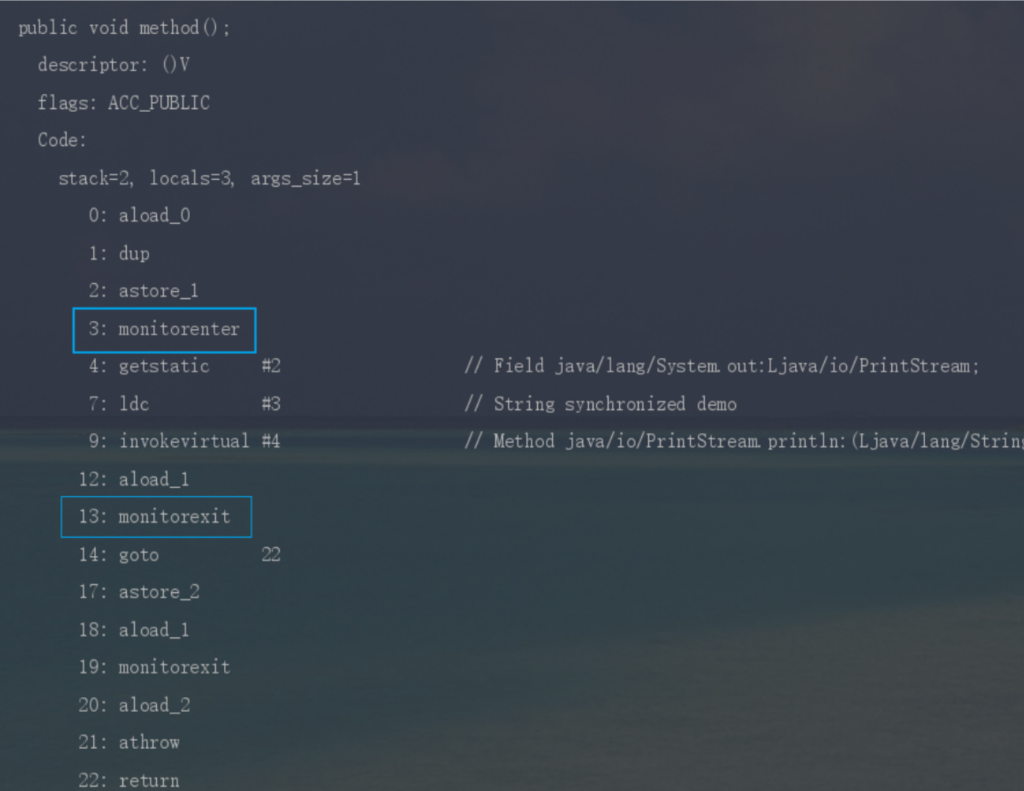A – Shout Everyday (abc367 A)
题目大意
高桥从\(A\)睡到 \(B\),如果在 \(C\)时,他醒着,他则会对章鱼烧发癫,问他今天是否发癫。
解题思路
由于只有\(24\)小时,直接枚举 \(A \to B\),看看是否遍历到 \(C\)即可。
神奇的代码
#include <bits/stdc++.h>
using namespace std;
using LL = long long;
int main(void) {
ios::sync_with_stdio(false);
cin.tie(0);
cout.tie(0);
int a, b, c;
cin >> a >> b >> c;
bool ok = true;
for (; a != b; a = (a + 1) % 24) {
if (a == c) {
ok = false;
break;
}
}
if (ok)
cout << "Yes" << '\n';
else
cout << "No" << '\n';
return 0;
}
B – Cut .0 (abc367 B)
题目大意
给定一个小数,将末尾零删掉,如果小数部分删掉则把小数部分删掉。
解题思路
按照题意模拟即可。
神奇的代码
#include <bits/stdc++.h>
using namespace std;
using LL = long long;
int main(void) {
ios::sync_with_stdio(false);
cin.tie(0);
cout.tie(0);
string s;
cin >> s;
while (s.back() == '0')
s.pop_back();
if (s.back() == '.')
s.pop_back();
cout << s << '\n';
return 0;
}
C – Enumerate Sequences (abc367 C)
题目大意
输出所有符合要求的数组\(a\),满足
- \(a\)的和是 \(k\)的倍数
- \(a_i\)的范围是 \(1 \sim r_i\)
解题思路
用\(dfs\)枚举所有的情况即可。
神奇的代码
#include <bits/stdc++.h>
using namespace std;
using LL = long long;
int main(void) {
ios::sync_with_stdio(false);
cin.tie(0);
cout.tie(0);
int n, k;
cin >> n >> k;
vector<int> a(n);
for (auto& i : a)
cin >> i;
vector<int> ans(n);
auto dfs = [&](auto&& self, int pos) -> void {
if (pos == n) {
if (accumulate(ans.begin(), ans.end(), 0) % k == 0) {
for (auto i : ans)
cout << i << " ";
cout << '\n';
}
return;
}
for (int i = 1; i <= a[pos]; ++i) {
ans[pos] = i;
self(self, pos + 1);
}
};
dfs(dfs, 0);
return 0;
}
D – Pedometer (abc367 D)
题目大意
环形湖的\(n\)个点,给定 \(a_i\)表示从第 \(i\)个点顺时针走到第 \(i+1\)个点的时间。
问对数 \((s,t)\),满足从 \(s\)顺时针 \(\to t\),使得其时间是\(m\)的倍数。
解题思路
考虑\(s \leq t\)的情况,其实就可以假象在一条数轴上,从左走到右的时间,这个时间其实就是 \(\sum_{i=s}^{t-1} a_i\),这里可以预处理出 \(a_i\)的前缀和,其实就是换算成下标 \(pos_i\),那么从 \(s \to t\),就是 \(pos_t – pos_s\),其差值是 \(m\)的倍数 ,这个就意味着\(pos_t \% m == pos_s \% m\)。所以统计 \((s,t)\)的对数,其实就是统计 \(pos_i \% m\)的个数问题。
枚举 \(t\),然后考虑有多少的 \(s \leq t\)符合要求,而符合要求的 \(s\)就是满足 \(pos_t \% m == pos_s \% m\),所以用 \(cnt\)维护\(pos_s \% m\)的个数,那么枚举 \(t\),符合要求的 \(s\)的数量就是 \(cnt[pos_t \% m]\)。
而对于,考虑 \(s > t\)的情况 可以把环形解成链再翻倍一下,即\(1,2, 3, 4, 1, 2, 3, 4\),后面的\(1\)的位置就是\(pos_1 + \sum pos_i\),即偏移了一圈的距离。然后在枚举第二圈的\(t\)时,\(cnt\)维护的是第一圈的\(t+1 \sim\)第一圈的 \(n\)的 \(pos_i \% m\)的数量。
神奇的代码
#include <bits/stdc++.h>
using namespace std;
using LL = long long;
int main(void) {
ios::sync_with_stdio(false);
cin.tie(0);
cout.tie(0);
int n, m;
cin >> n >> m;
vector<int> a(n);
for (auto& x : a)
cin >> x;
vector<int> cnt(m, 0);
LL ans = 0;
LL presum = 0;
for (int i = 0; i < n; ++i) {
ans += cnt[presum % m];
cnt[presum % m]++;
presum += a[i];
}
LL sum = presum;
presum = 0;
for (int i = 0; i < n; ++i) {
cnt[presum % m]--;
ans += cnt[sum % m];
sum += a[i];
presum += a[i];
}
cout << ans << '\n';
return 0;
}
E – Permute K times (abc367 E)
题目大意
给定数组\(x,a\),进行 \(k\)次操作。
每次操作,求数组 \(b_i = a_{x_i}\),然后 \(b=a\)。
问 \(k\)次操作后的数组 \(a\)。
解题思路
题目其实可以抽象成,给定基环内向森林,点有点权。问从每个点出发,走了\(k\)步后的点的点权。
其中边是\(i \to x_i\),点权 \(a_i\)。
由于图是固定的,问第 \(k\)步后到达的点,预处理倍增数组 \(run[i][j]\)表示从点 \(j\)出发走了 \(2^i\)步后到达的点。
然后对于每个点用倍增数组求 \(k\)次后的结果即可。
神奇的代码
#include <bits/stdc++.h>
using namespace std;
using LL = long long;
int main(void) {
ios::sync_with_stdio(false);
cin.tie(0);
cout.tie(0);
int n;
LL k;
cin >> n >> k;
vector<vector<int>> run(64, vector<int>(n));
for (int i = 0; i < n; i++) {
int v;
cin >> v;
--v;
run[0][i] = v;
}
vector<int> a(n);
for (auto& x : a)
cin >> x;
for (int i = 1; i < 64; i++) {
for (int j = 0; j < n; j++) {
run[i][j] = run[i - 1][run[i - 1][j]];
}
}
for (int i = 0; i < n; i++) {
LL cnt = k;
int cur = i;
for (int j = 0; j < 64; j++) {
if (cnt & (1LL << j)) {
cur = run[j][cur];
}
}
cout << a[cur] << " \n"[i == n - 1];
}
return 0;
}
F – Rearrange Query (abc367 F)
题目大意
给定两个数组\(a,b\),回答 \(q\)个问题。
每个问题给定 \(l,r,L,R\),问 \(a[l..r]\)能否通过重排,等于 \(b[L..R]\)。
解题思路
如果\(a[l..r]\)能通过重排 \(b[L..R]\),首先得 \(r-l == R – L\),然后看每个数的出现次数是否一致。显然这判断代价很大。
一个计算代价小的的必要条件是\(suma[l..r] == sumb[L..R]\),但不是充分条件,会有误判的概率,会被精心构造的数据卡掉。
因为我们只要求数量相等,如果我们事先对所有数进行一个随机映射,这个误判的概率将极大减小。
神奇的代码
#include <bits/stdc++.h>
using namespace std;
using LL = long long;
unsigned rnd() {
static unsigned A = 1 << 16 | 3, B = 33333331, C = 2341;
return C = A * C + B;
}
int main(void) {
ios::sync_with_stdio(false);
cin.tie(0);
cout.tie(0);
int n, q;
cin >> n >> q;
vector<LL> a(n);
vector<LL> b(n);
map<int, LL> tr;
for (auto& x : a) {
cin >> x;
if (tr.find(x) == tr.end()) {
tr[x] = rnd();
}
}
for (auto& x : b) {
cin >> x;
if (tr.find(x) == tr.end()) {
tr[x] = rnd();
}
}
auto presum = [&](vector<LL>& a) {
int n = a.size();
vector<LL> s1(n + 1);
for (int i = 0; i < n; ++i) {
s1[i + 1] = (s1[i] + tr[a[i]]);
}
return s1;
};
auto sa1 = presum(a);
auto sb1 = presum(b);
auto sum = [&](vector<LL>& s, int l, int r) { return (s[r] - s[l - 1]); };
auto check = [&](int l, int r, int L, int R) {
auto SA = sum(sa1, l, r);
auto SB = sum(sb1, L, R);
return SA == SB;
};
while (q--) {
int l, r, L, R;
cin >> l >> r >> L >> R;
if (r - l == R - L && check(l, r, L, R)) {
cout << "Yes" << '\n';
} else {
cout << "No" << '\n';
}
}
return 0;
}
G – Sum of (XOR^K or 0) (abc367 G)
题目大意
给定\(n\)个数的数组\(a\),问 \(a\)所有的\(2^n-1\)个非空子序列\(b\)的价值和。
一个序列 \(b\)的价值定义如下:
- 如果个数是 \(m\)的倍数,则价值是 \((\oplus b_i)^k\)
- 否则价值是 \(0\)。
解题思路
只会\(m=1\)和 \(k=1\)。
神奇的代码










没有回复内容